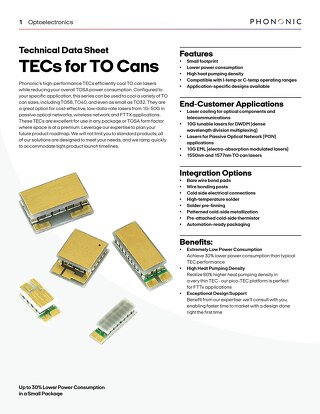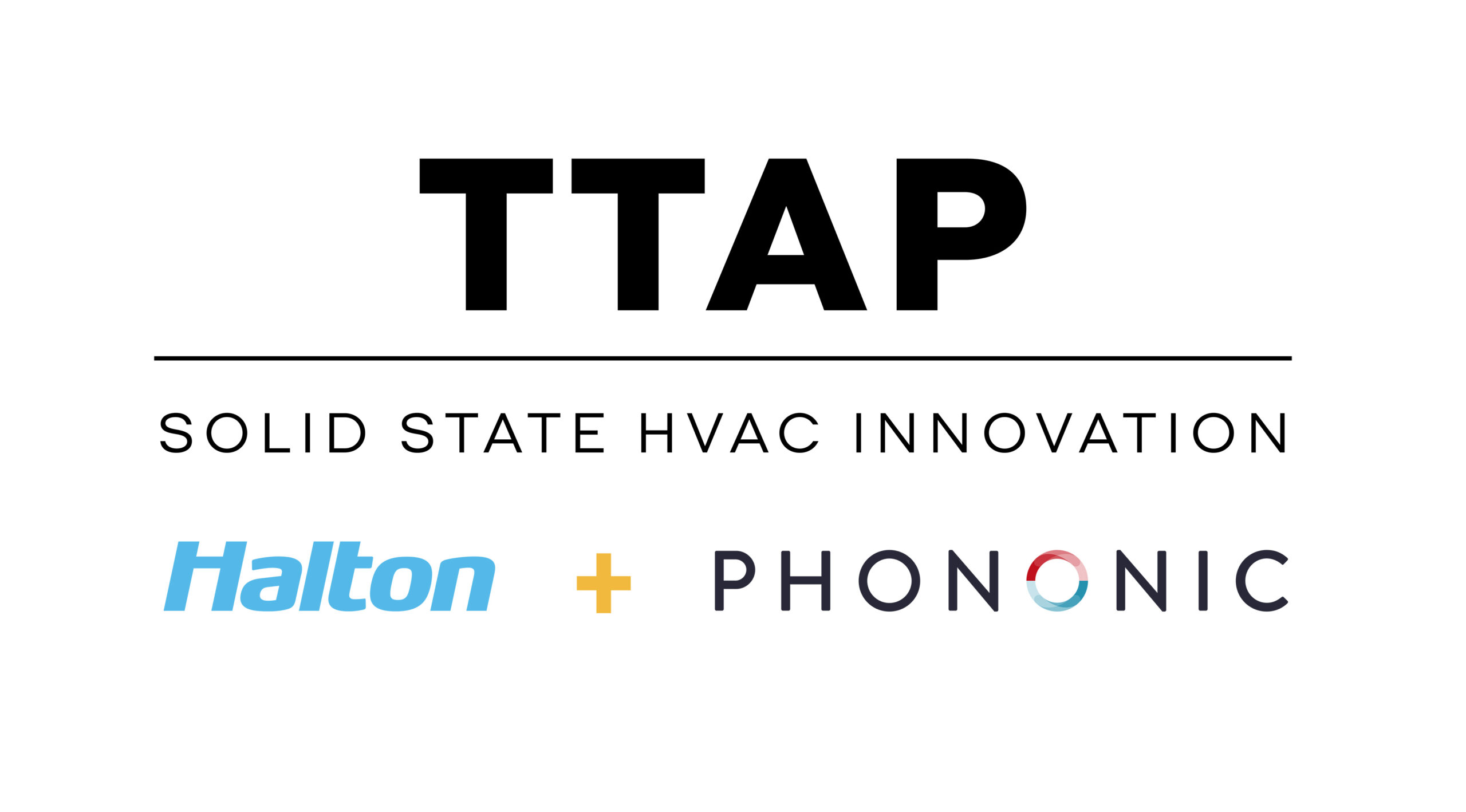2020 Top Trends and Predictions for the Opto Market
January 16, 2020
As the optoelectronics industry continues to see growth and anticipates more new technologies to be unveiled in the coming year, we can expect the same for optical communications. “Big Tech”, like Amazon Web Services, Google and Facebook, continue to put mammoth investments into major datacenter expansion to keep up with demand for cloud services. More sophisticated solutions are being developed to deliver data at higher speeds, greater bandwidths and over longer distances.
2020 Trends for Opto Growth
Here are the four biggest trends and areas of growth we anticipate for 2020:
12-channel 25G OpenWDM: Last year, China Mobile proposed a 12-channel, 25G WDM solution for 5G fronthaul. 25G WDM is expected by some to be the solution of choice because it meets interface, data rate and latency requirements for 5G fronthaul. Since China Mobile made this announcement, numerous component suppliers have started work on TOSAs and modules that can meet the requirements and expected demand for this standard. In 2020, we’re expecting to see several announcements of new TOSAs and optical modules that can be deployed in this exciting, high-volume application. It’s also likely that many of the lasers used for these solutions will be cooled TO cans.
Next-gen datacenter optics demand ramping up: 2019 was slower than expected in terms of datacenter optics demand. We saw many hyperscale datacenter operators push out or decrease their demand for 400G optics. Over the next year, though, we expect to see demand for 4x100G DR4 and FR4, as well as 100G DR1, to really start ramping up. As this shift happens, we’ll see the bandwidth for QSFP28 modules quadruple for 400G, with lower power consumption for one module as opposed to four 100G modules. Modules and optical components that can support these bandwidths will be required. What’s more, most first-generation solutions require cooled lasers to meet performance targets.
10G PON demand will continue to grow: Fixed fiber-to-the-home (FTTH) broadband internet will continue to be deployed at an amazing rate, with 10G PON (Passive Optical Network) taking over as the lion’s share of the deployments. 10G PON technology also can address the bandwidth, latency and density requirements for 5G networks, and offers “future-proof” bandwidth and symmetrical services at the same time. A variety of options are available to operators and service providers, including 10G EPON, XG-PON1, XGS-PON and NG-PON2. Like the OpenWDM solution mentioned above, 10G PON OLTs use predominantly cooled TO Can lasers for transmission.
400ZR will launch: 400ZR is an exciting high-bandwidth, interoperable Dense Wavelength Division Multiplexing (DWDM) transceiver platform that is slated to be used in a variety of networks. At the top of this list are the networks that interconnect cloud datacenters across campuses or metropolitan areas. These applications will mark the very first time that coherent technology is integrated into the smallest module form factors, like QSFP or OSFP. Expect high heat density and small footprint optical packaging to drive these solutions.
With these trends looming for optical communications and optical transceiver requirements, manufacturers need to prioritize product innovation while keeping package costs low. With the right TEC to actively cool your package, you can meet all of these demands and more. We expect a lot of these topics to be in the spotlight at OFC this year. And you can meet us there at booth 1946 to discuss these trends in more detail!
Phononic’s engineers can help you design a thermoelectric cooler (TEC) specifically for your transceiver’s needs, accounting for factors like device size and operating temperature range, to meet the requirements for upcoming deployments and applications. Contact us to learn more about optimizing cost along with performance in a TEC for your package.









